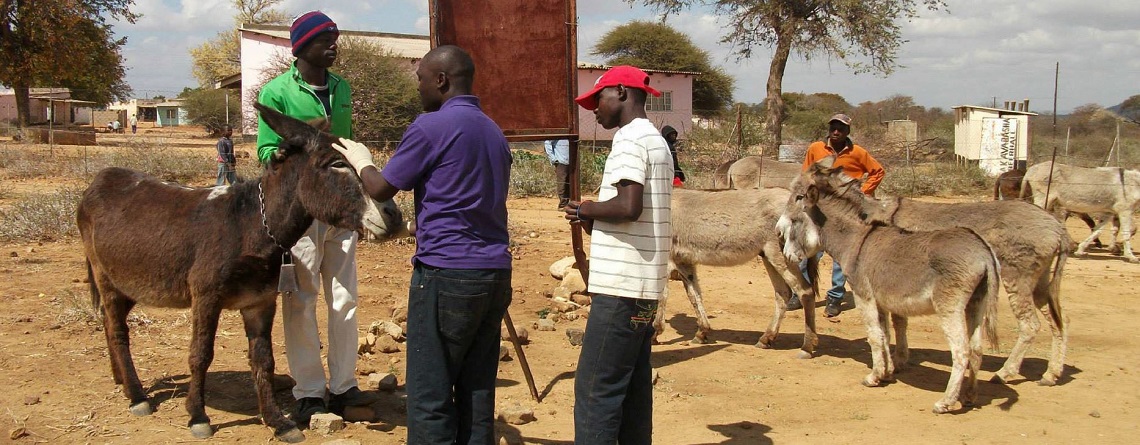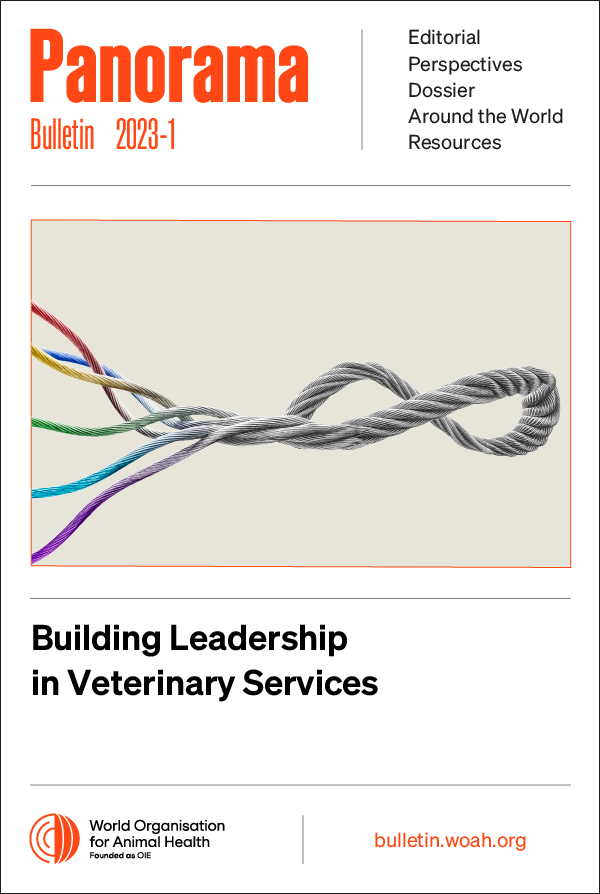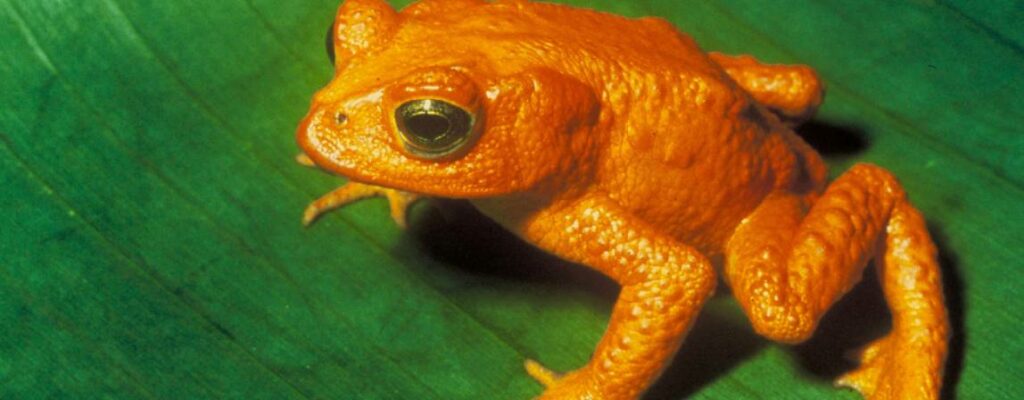Dossier Posted on 2023-02-22 15:46:27
Veterinary workforce development
Rural services for livelihoods and food security
Keywords
Authors
Sonia Fèvre (1) & David Sherman (1)*
(1) Capacity Building Department, World Organisation for Animal Health (WOAH).
* Corresponding author: D. Sherman.
Through the PVS Pathway, which includes the Programme for Workforce Development, the World Organisation for Animal Health (WOAH, founded as OIE) supports its Members to develop appropriate staffing solutions for their VS that reflect the country conditions [1].
This begins with a workforce assessment exercise to identify service gaps. The assessment then serves as the basis for: i) workforce planning and development that explores diverse solutions to staffing, while upholding the need to maintain standards that guarantee the quality of work performed and the preservation of public safety; and ii) consideration of the enabling environment needed to provide clear legal status, comprehensive regulation, appropriate training and effective integration of all recognised categories of veterinary personnel, including VPPs and, where appropriate, community animal health workers (CAHWs).
Such a diversified veterinary workforce can effectively deliver important public good functions such as animal and zoonotic disease control and food safety as well as improving access to last-mile delivery of clinical and preventive services to female and male animal owners, particularly in underserved areas and populations. Noting that livestock supports the livelihoods and food security of almost 1.3 billion people [2], improved access to services means reduced risks of livestock mortality and improved productivity, which creates opportunities for enhanced livelihoods, greater food security and improved nutrition for livestock owners, their families and communities. Diversifying the veterinary workforce can also help to meet UN Sustainable Development Goals, by creating additional employment opportunities in the livestock sector in rural areas and by enhancing prospects for the employment of women who are often responsible for the care of animals. As such, the strengthening of the veterinary services workforce and its benefits to rural communities contributes to the promotion of sustainable development outcomes.
https://doi.org/10.20506/bull.2023.1.3385
References
- World Organisation for Animal Health (OIE) (2021). – OIE Programme for Veterinary Workforce Development. Strengthening national Veterinary Services for more effective animal health and veterinary public health systems.
- Food and Agriculture Organization of the United Nations (FAO) (2016). – Livestock in protracted crises. The importance of livestock for resilience-building and food security of crisis-affected populations. Guidance note.










